Ah, the arrival of spring. The days are getting longer, the sap is beginning to flow, the flowers are coming back…and so are the lawn mowers. One might feel that spring lawn care is a must. But where does the urge to have perfectly mowed yards, gardens, parks and roadsides come from?

The awakening of the vegetation in spring and its faithful procession of dandelions is a necessity for pollinators – insects that are at the very heart of nature’s reproductive system – to find shelter and food so that they don’t starve before the summer season gets underway.
But with the ever-increasing use of pesticides, and the social pressures to maintain and mow our lawns as soon as the temperatures rise, the survival of honeybees and wild pollinators is under threat. And their struggle is only getting more real.
Well-mown lawn or flowering meadow: let’s take stock
By compiling several European and American studies in a meta-analysis, the Université du Québec à Trois-Rivières has revealed that lawns create manufactured ecosystems with low biodiversity, a condition that worsens as the intensity of mowing increases. Lawns that are mowed more frequently are linked to a decrease in the number of invertebrates and have less plant diversity, while the presence of pests and invasive species goes up. We have every reason to think twice about our obsession with perfectly manicured lawns.
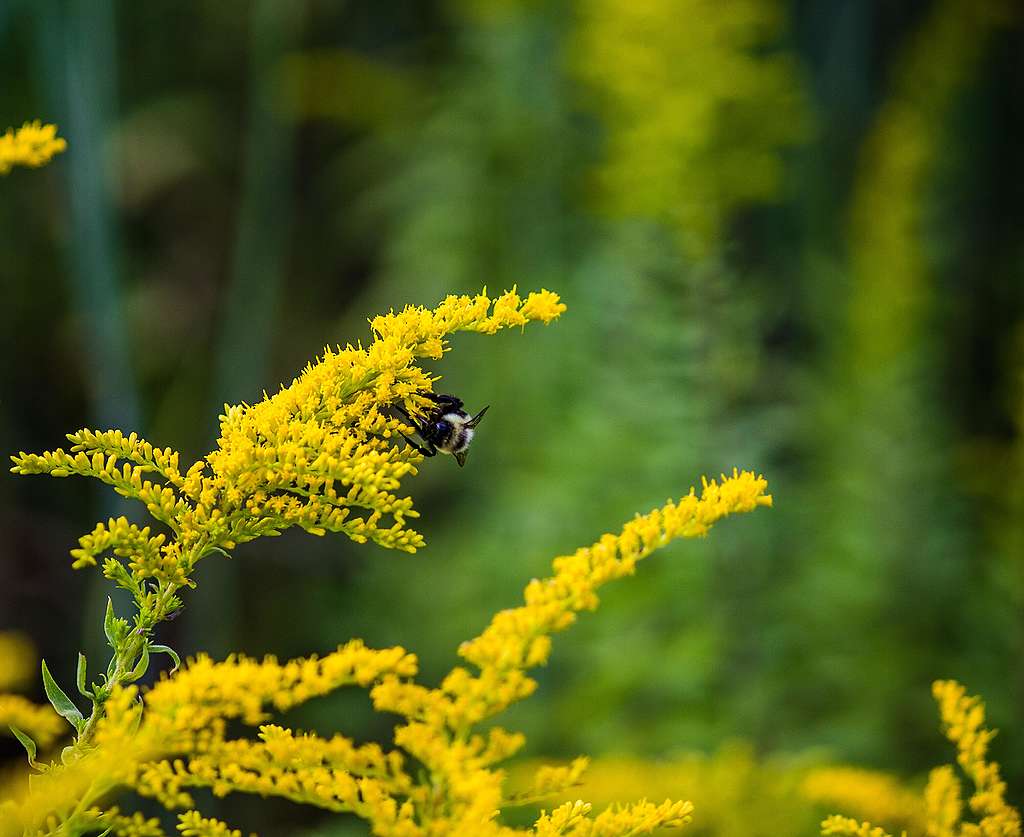
Even a modest reduction in lawn mowing frequency can bring a host of environmental benefits: increased pollinators, increased plant diversity and reduced greenhouse gas emissions. At the same time, a longer, healthier lawn makes it more resistant to pests, weeds, and drought events.Dr Chris Watson, lead author of the study
This is the idea behind the No Mow May movement challenge. Because each new patch of green left to itself is a small victory for biodiversity, citizens – and increasingly cities – are working to change attitudes around mowing, while advocating for systems change to the benefit of people and the planet.
As an example, Nina-Marie Lister, an ecology and urban planning professor at Ryerson University, is using her rewilded green space – rich with over 100 different species of plants, shrubs and trees – to challenge Toronto city bylaws that give manicured lawns preferential treatment, arguing that the current bylaw is unconstitutional and goes against the city’s own pollinator protection and biodiversity strategies.
[The current bylaw] really stands in the way of individual citizens on a small patch of yard trying to do the right thing at a time of biodiversity collapse and climate crisis.Nina-Marie Lister, ecology and urban planning professor at Ryerson University
Similarly, this couple in the Outaouais region had a run-in with their neighbour and municipality because their flower and milkweed-filled prairie garden was over the 15 cm height limit allowed by the municipal bylaw. And a Moncton resident has also begun educating his neighbours not to mow in May to encourage more biodiversity.
Cities are also waking up to smell the unmowed flowers. Lyon in France has committed to leaving half of the 15 hectares of the Tête d’or park – one of its largest urban parks – in its natural state following the 2020 lock downs. Rotherham in the UK, which, thanks to a long campaign run by the UK-based organization Plantlife, has stopped mowing its roadsides and is saving nearly $37,000 (25,000 euros) every two years in mowing costs. Other British cities have also made this commitment.

Lawn and order: a class distinction
Placed in its historical context, we can see the manicured lawn is not a new fad. Representations of “brush cut” lawns have been found dating back to Antiquity (for the record, the Latin origin of the word lawn means “hairy”). Much later in the Middle Ages in Europe, we find them in the lordly residences or at the edges of castles.
But it is really at the end of the seventeenth century, still in Europe, that the short mowed lawn became a widespread instrument of social distinction that allowed people to show off their opulence, since having vast expanses of lawns maintained for little or no productive use was a sign of their owner’s excess wealth. These are the roots of our present-day obsession with over-mowing, to the detriment of the butterflies and the bees.
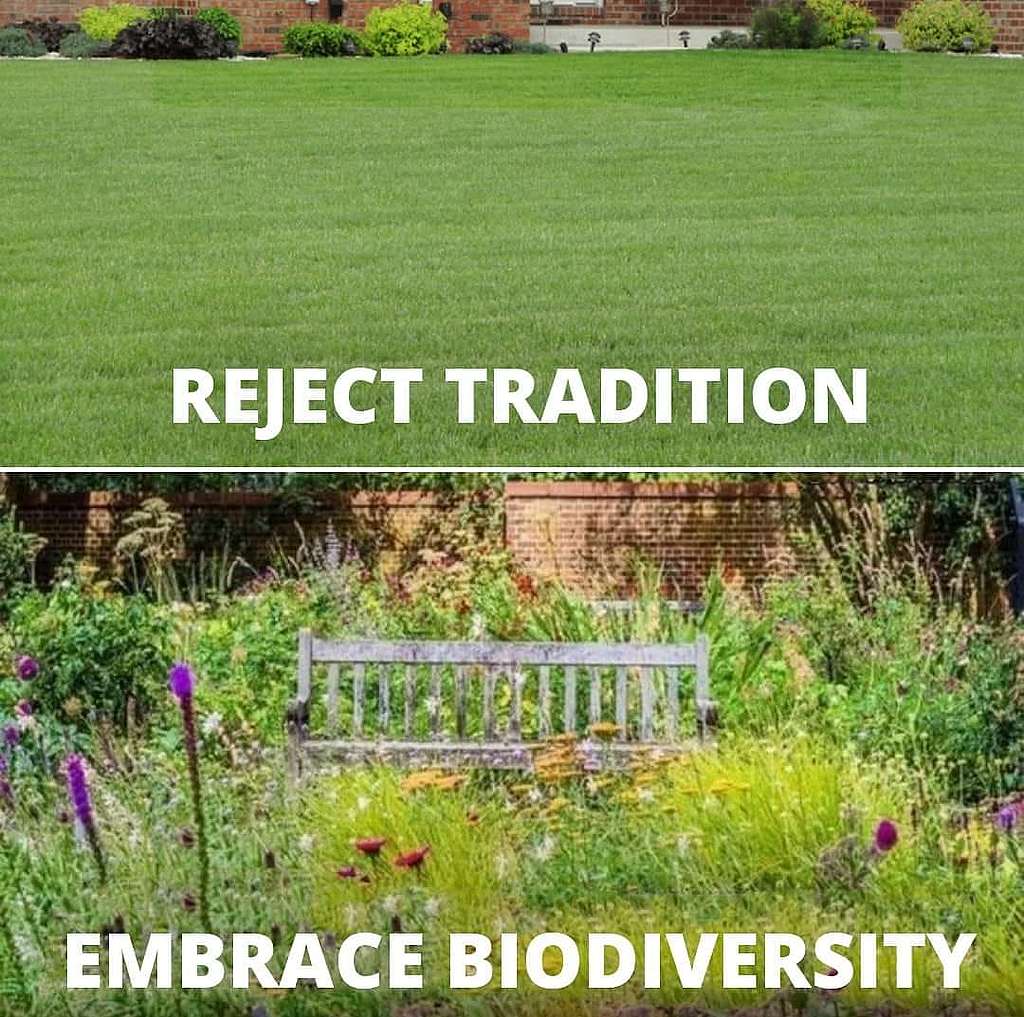
Ending the reign of turf
Now, if the call of the lawnmower is strong for you, here are five reasons to resist and postpone this activity to later in the season – or not engage in it at all, and opt for wild cultivated green spaces instead:
1. Encourage biodiversity, wild plants and pollinators
The surest way to encourage biodiversity and let the benefits it brings run free is to let it all unfold naturally. Rewilding gardens and flowerbeds will allow the return of insects and foraging pollinators, but also garden helpers that will protect other plants from pests, until this little world finds its natural balance. You may also want to help things along and intentionally plant some native flowers that are particularly delicious for pollinators.
2. Reduce unwanted or invasive weeds
It may be counterintuitive, but the facts are in. When pressure is placed on a habitat, only those species best suited to the pressure will become established over time. Species such as dandelion (Taraxacum officinalis), white clover (Trifolium repens), or allergy-causing plants such as ragweed, for example, do not mind being cut regularly: their life cycle is rapid and they reproduce quickly. While beneficial when part of a diverse ecosystem, they will dominate highly manicured gardens, as they are the only ones that will succeed in such a stressed environment.
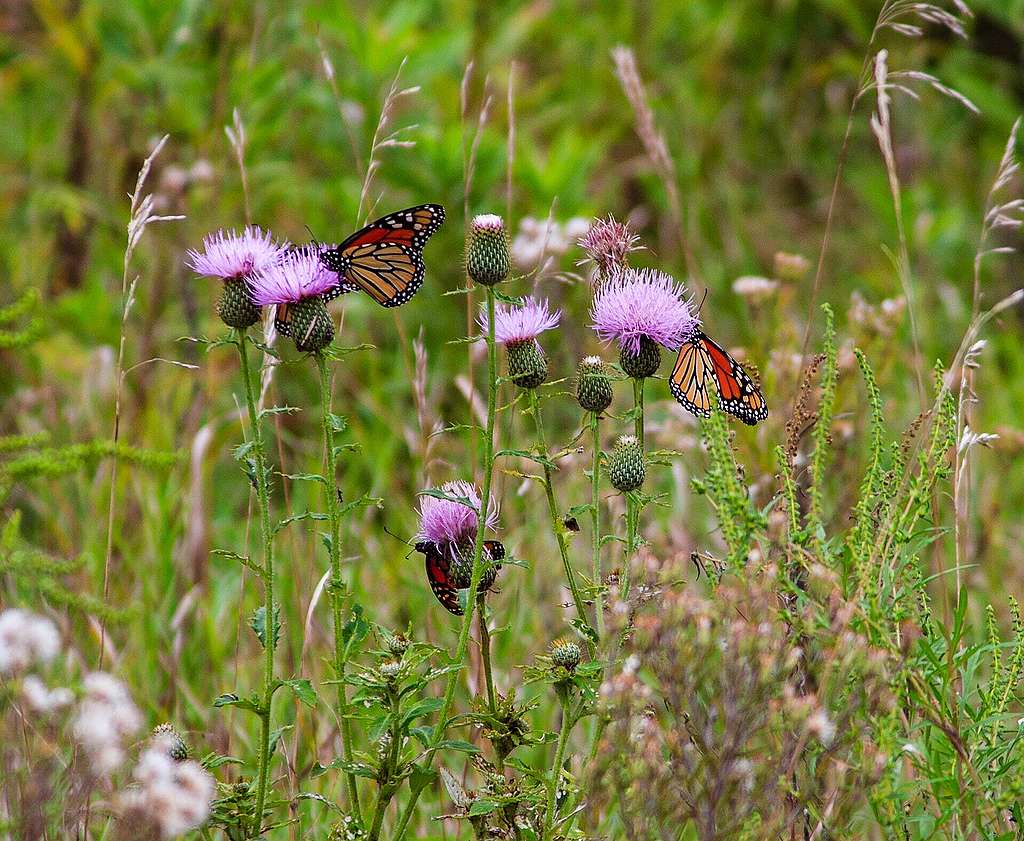
3. Saving money and conserving resources
Have you taken stock of the amount of time and money you spend on lawn care? Between the mower, the fertilizers, the seeds and the tools, the social pressure to maintain a controlled green lawn with not a blade of grass out of place has become a vast business worth nearly $3 billion in this country. This activity also consumes astronomical amounts of water, pesticides and more than 150 million litres of gasoline annually. And that’s just in Canada.
4. Have more time for yourself
Based on the mowing season and how frequently you cut the grass, from mid-May to mid-October, it is likely that by the end of the season you will have spent an average of 20 hours maintaining your lawn. This is time you will be gifted back by a naturally balanced, rewilded green space.
5. Maintain your garden naturally without overdoing it
Wondering how to space out mowing and watering while still keeping your lawn looking green and pleasant? Tall grasses retain moisture better, so you might want to leave out some areas and mow only part of your lawn. Leave the clippings on the ground (mulch), which will fertilize it naturally. Planting or growing fabaceous plants, such as white clover, will provide the necessary nitrogen, while leaving dead leaves in the fall will make your soil rich with carbon. These are all essential elements for a healthy, living green space.

So, now you know almost everything you need to get started with No Mow May – you might even say you’re a ‘mow-it-all.’ But after reading this, we hope you won’t mow it all! And just to sow the seeds of a great challenge opportunity, no major Canadian city has yet successfully resisted the lawnmower for all of May, June and July. Maybe your city or town will be the first?
Enjoy your garden, parks and nature!
Want to learn more about pollinators? Take the pollinators quiz to see what you might have in common with one or more of the incredible wild pollinators in Canada.
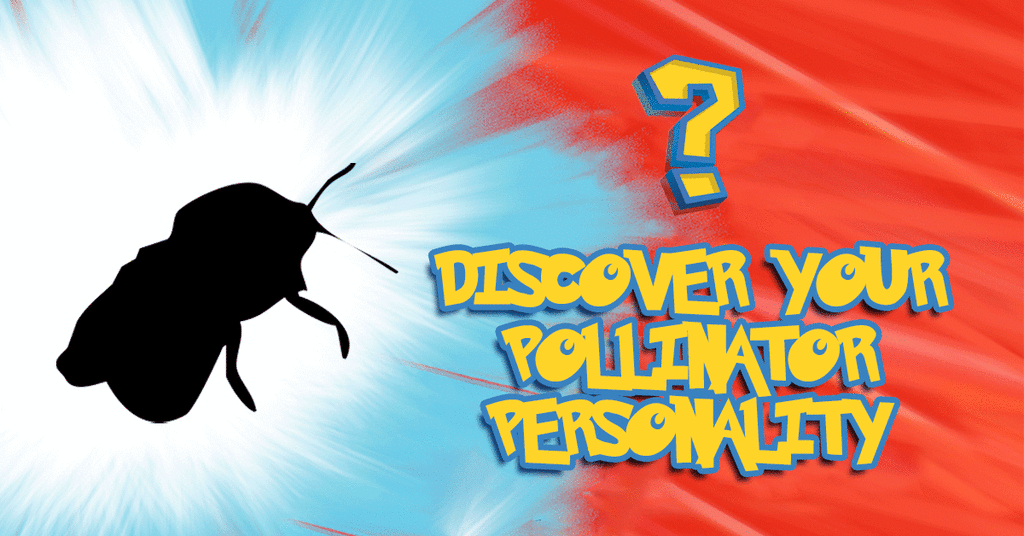
This article was updated on May 15th, 2024.
Join our campaigns now and take action to expose the most pressing environmental threats.
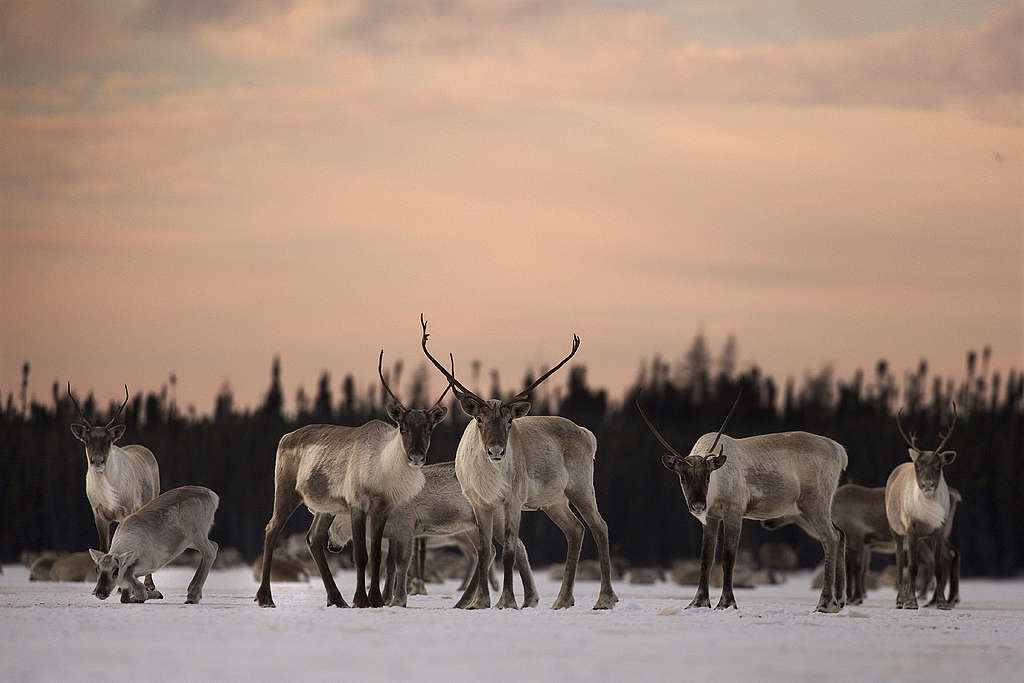
The environment minister must pass legislation that respects Indigenous rights and safeguards biodiversity.
Take action

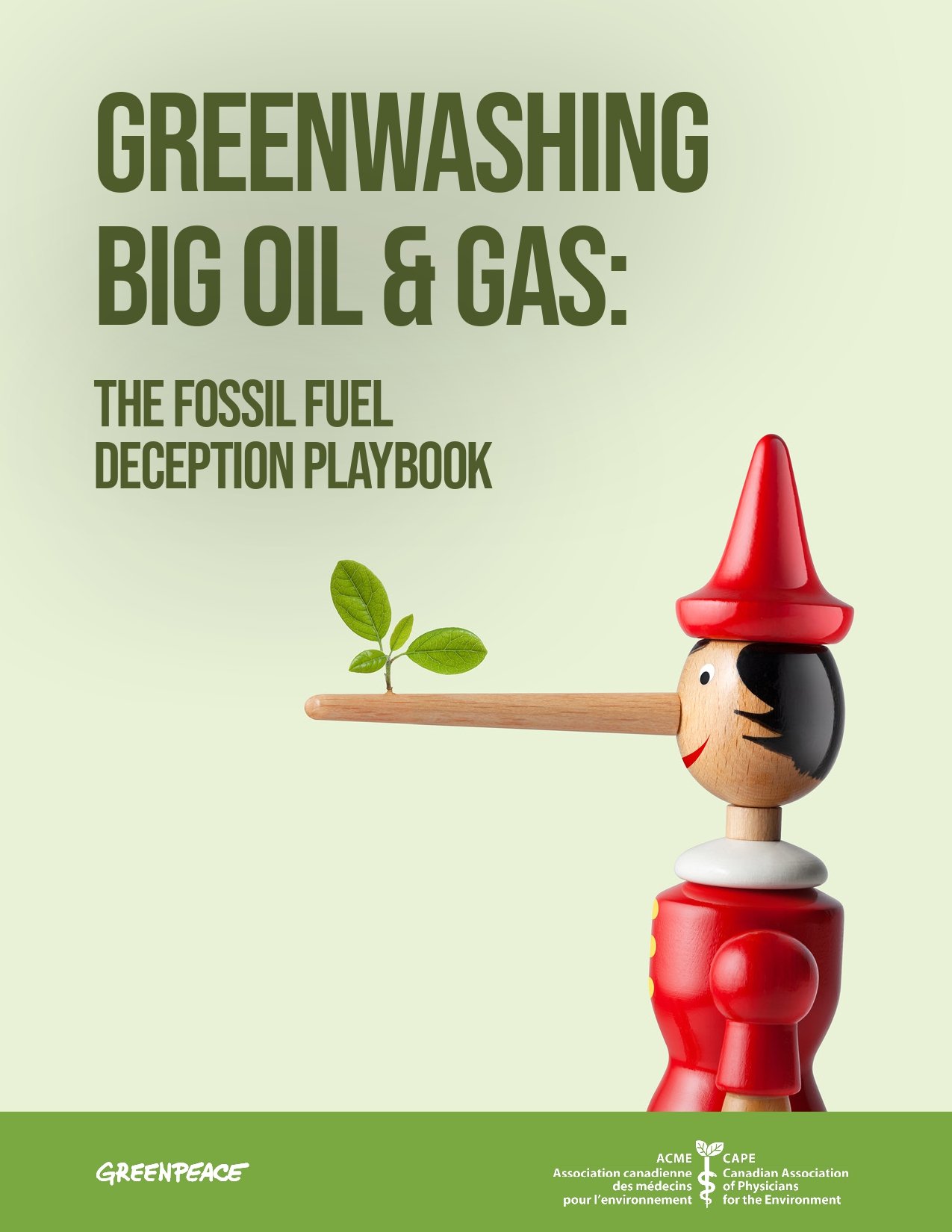
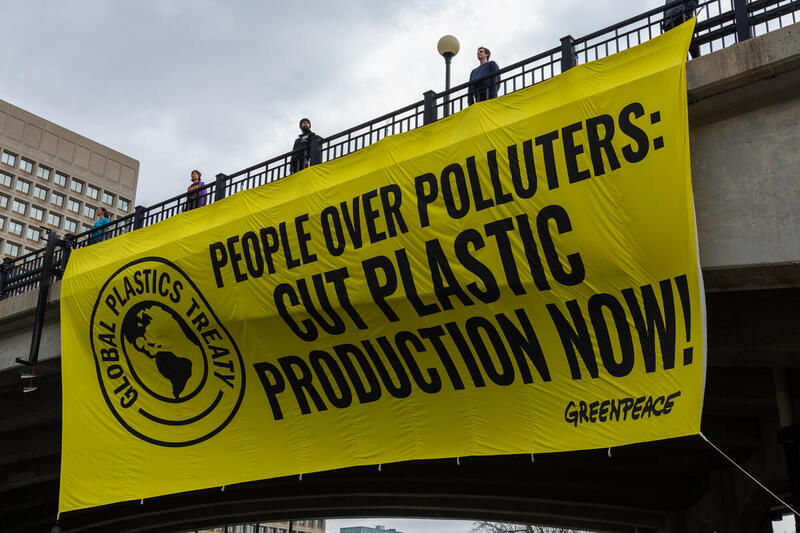

Discussion
#NoMowMay I cut my grass 7" high so it preserves the pretty, low flowers all year. Not just in May. Short, sterile, manicured lawns are unnatural, boring and very costly. Long grass saves flowers, bees, time and 100s of $$$/year. No downside.
I have written a children's book (looking for a publisher) entitled Our Environment's Helpers. When I heard about your No Mow website I realized that my first page of the book is about not mowing down all the dandelions. An aunt tells her young nephew that he can't mow her grass - something that he and the grandfather came to do- because they will be destroying all of the bees early food. Do you ever post anything like that on your website? I even got a beautiful illustration to go with that page.
I conceive this site has very great indited subject material posts.
Do you still have the No Mow May lawn posters ? Are you promoting No Mow May this Spring again? Please advise. Thanks. :) Brooke
ᏔOW juѕt what I was looking for. Came here by searching for mystery
I must thank you for the efforts you've put in penning this site. I really hope to check out the same high-grade blog posts from you later on as well. In fact, your creative writing abilities has motivated me to get my very own blog now ;)
Thanks , I have just been looking for information about this topic for ages and yours is the best I've discovered so far. But, what about the conclusion? Are you sure about the source?